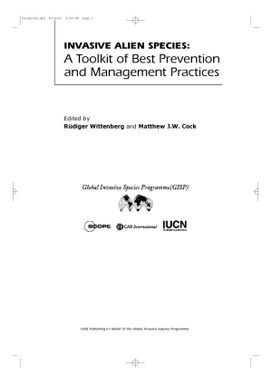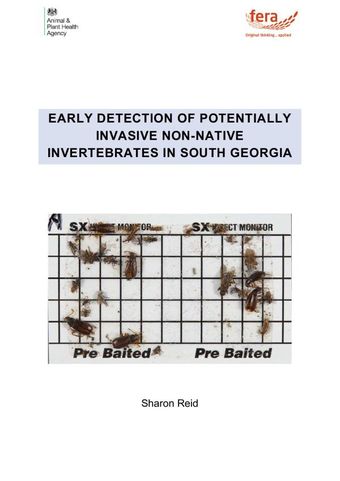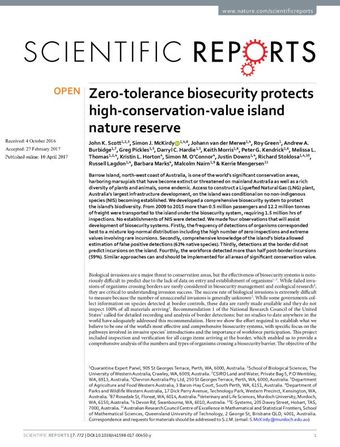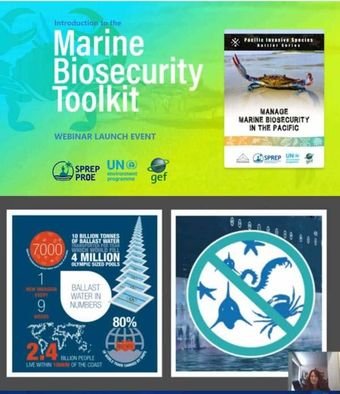Invasive Alien Species: Toolkit of Best Prevention and Management Practices
- Description:
- Invasive alien species are recognised as one of the leading threats to biodiversity and also impose enormous costs on agriculture, forestry, fisheries, and other human enterprises, as well as on human health. Rapidly accelerating human trade, tourism, transport, and travel over the past century have dramatically enhanced the spread of invasive species, allowing them to surmount natural geographic barriers. Not all non-indigenous species are harmful. In fact the majority of species used in agriculture, forestry and fisheries are alien species. Thus, the initial step in a national programme must be to distinguish the harmful from the harmless alien species and identify the impacts of the former on native biodiversity.
- Display date:
- 2001
- Collections:
- Secretariat of the Pacific Regional Environment Programme (SPREP)
- Publisher:
- CAB International , Wallingford, Oxon, UK
- Content partner:
- Secretariat of the Pacific Regional Environment Programme (SPREP)
- Availability:
- Not specified
-
Copyright status: All rights reservedFind out more about what you are able to do with this itemThis item is all rights reserved, with means you'll have to get permission from Secretariat of the Pacific Regional Environment Programme (SPREP) before using it. For more information, please see our use and reuse page.What can I do with this item?Non-infringing useNZ copyright law does not prevent every use of a copyright work, and this item may be hosted by an international institute or organisation. You should consider what you can and cannot do with a copyright work.No sharingYou may not copy and/or share this item with others without further permission. This includes posting it on your blog, using it in a presentation, or any other public use.No modifyingYou are not allowed to adapt or remix this item into any other works.No commercial useYou may not use this item commercially.
Related items
Welcome and warm Pasifik greetings
The information on this site has been gathered from our content partners.
The names, terms, and labels that we present on the site may contain images or voices of deceased persons and may also reflect the bias, norms, and perspective of the period of time in which they were created. We accept that these may not be appropriate today.
If you have any concerns or questions about an item, please contact us.



